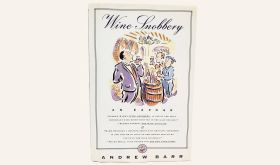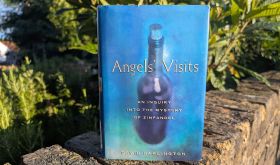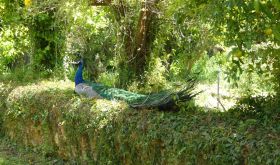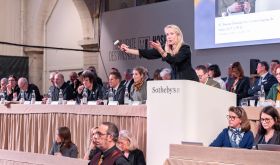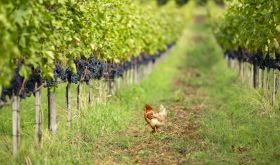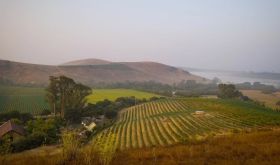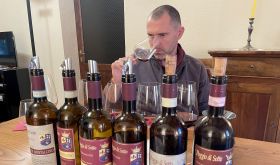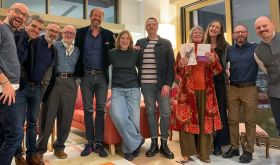5 January 2016 For links to all of Tam's reviews of wine books published in 2015, see this guide.
My Kind of Wine
People, places, food and stories
John Platter
PawPaw Publishing
£19.95, $25, ZAR375
He had me...

7 January 2016 Tam's 20 entertaining and informative book reviews have been so enthusiastically received by members that we wanted to share a collection of them as part of our Throwback Thursday series. It was extremely difficult to choose which one but here are her views on three very different but equally heartfelt recent publications on our favourite topic.
5 January 2016 For links to all of Tam's reviews of wine books published in 2015, see this guide.
My Kind of Wine
People, places, food and stories
John Platter
PawPaw Publishing
£19.95, $25, ZAR375
He had me...
In honour of our anniversary, enjoy 25% off all annual and gift memberships for a limited time.
Use code HOLIDAY25 to join our community of wine experts and enthusiasts. Valid through 1 January.
